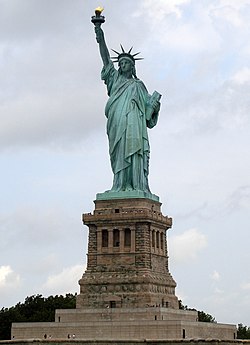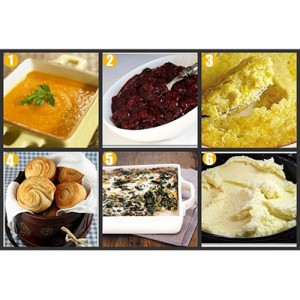It is the search engines that finally bring your website to the notice of the prospective customers. Hence it is better to know how these search engines actually work and how they present information to the customer initiating a search.
There are basically two types of search engines. The first is by robots called crawlers or spiders.
Search Engines use spiders to index websites. When you submit your website pages to a search engine by completing their required submission page, the search engine spider will index your entire site. A ‘spider’ is an automated program that is run by the search engine system. Spider visits a web site, read the content on the actual site, the site's Meta tags and also follow the links that the site connects. The spider then returns all that information back to a central depository, where the data is indexed. It will visit each link you have on your website and index those sites as well. Some spiders will only index a certain number of pages on your site, so don’t create a site with 500 pages!
Search Engines use spiders to index websites. When you submit your website pages to a search engine by completing their required submission page, the search engine spider will index your entire site. A ‘spider’ is an automated program that is run by the search engine system. Spider visits a web site, read the content on the actual site, the site's Meta tags and also follow the links that the site connects. The spider then returns all that information back to a central depository, where the data is indexed. It will visit each link you have on your website and index those sites as well. Some spiders will only index a certain number of pages on your site, so don’t create a site with 500 pages!
The spider will periodically return to the sites to check for any information that has changed. The frequency with which this happens is determined by the moderators of the search engine.
Example: Excite, Lycos, AltaVista and Google.
Example: Excite, Lycos, AltaVista and Google.
When you ask a search engine to locate information, it is actually searching through the index which it has created and not actually searching the Web. Different search engines produce different rankings because not every search engine uses the same algorithm to search through the indices.
One of the things that a search engine algorithm scans for is the frequency and location of keywords on a web page, but it can also detect artificial keyword stuffing or spamdexing. Then the algorithms analyze the way that pages link to other pages in the Web. By checking how pages link to each other, an engine can both determine what a page is about, if the keywords of the linked pages are similar to the keywords on the original page.
2. Ask (aka 'Ask Jeeves')
1. Duck Duck Go
At first, DuckDuckGo.com looks like Google. But there are many subtleties that make this spartan search engine different. DuckDuckGo has some slick features, like 'zero-click' information (all your answers are found on the first results page). DuckDuckgo offers disambiguation prompts (helps to clarify what question you are really asking). And the ad spam is much less than Google. Give DuckDuckGo.com a try... you might really like this clean and simple search engine.
2. Ask (aka 'Ask Jeeves')
The Ask/AJ/Ask Jeeves search engine is a longtime name in the World Wide Web. The super-clean interface rivals the other major search engines, and the search options are as good as Google or Bing or DuckDuckGo. The results groupings are what really make Ask.com stand out. The presentation is arguably cleaner and easier to read than Google or Yahoo! or Bing, and the results groups seem to be more relevant. Decide for yourself if you agree... give Ask.com a whirl, and compare it to the other search engines you like.
3. The Internet Archive
The Internet Archive is a favorite destination for longtime Web lovers. The Archive has been taking snapshots of the entire World Wide Web for years now, allowing you and me to travel back in time to see what a web page looked like in 1999, or what the news was like around Hurricane Katrina in 2005. You won't visit the Archive daily, like you would Google or Yahoo or Bing, but when you do have need to travel back in time, use this search site.
4. Yippy (formerly 'Clusty')
Yippy is a Deep Web engine that searches other search engines for you. Unlike the regular Web, which is indexed by robot spider programs, Deep Web pages are usually harder to locate by conventional search. That's where Yippy becomes very useful. If you are searching for obscure hobby interest blogs, obscure government information, tough-to-find obscure news, academic research and otherwise-obscure content, then Yippy is your tool.
5. Yahoo!
Yahoo! is several things: it is a search engine, a news aggregator, a shopping center, an emailbox, a travel directory, a horoscope and games center, and more. This 'web portal' breadth of choice makes this a very helpful site for Internet beginners. Searching the Web should also be about discovery and exploration, and Yahoo! delivers that in wholesale quantities.












